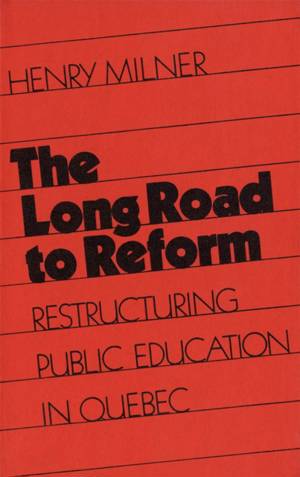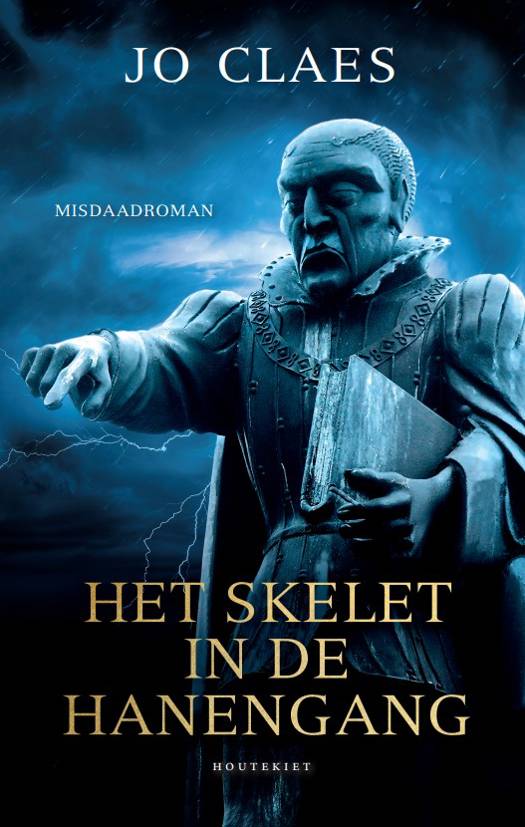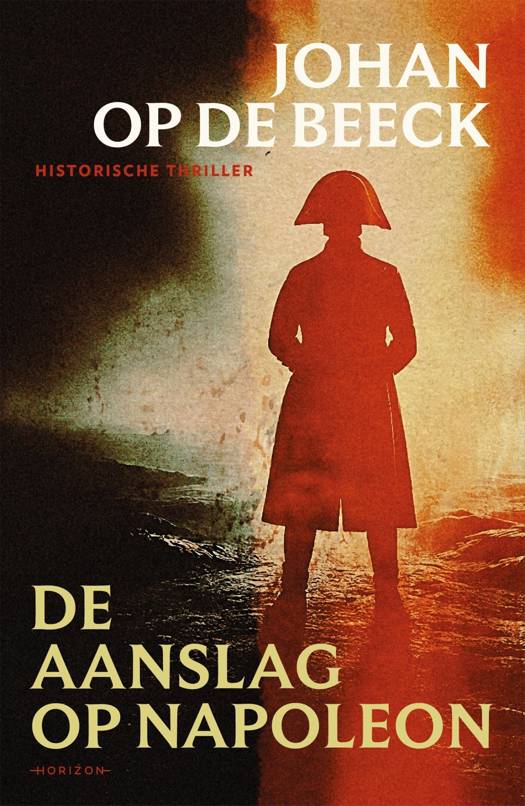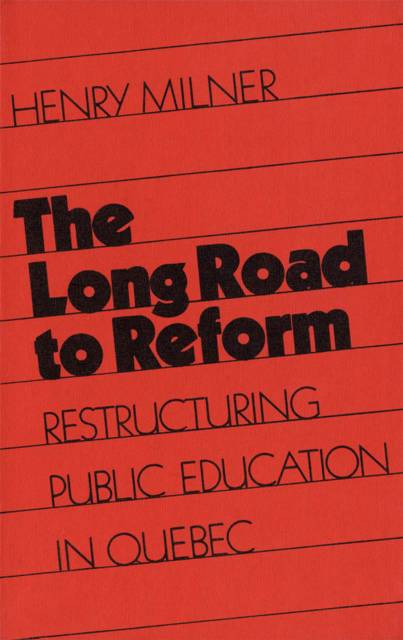
- Afhalen na 1 uur in een winkel met voorraad
- Gratis thuislevering in België vanaf € 30
- Ruim aanbod met 7 miljoen producten
- Afhalen na 1 uur in een winkel met voorraad
- Gratis thuislevering in België vanaf € 30
- Ruim aanbod met 7 miljoen producten
Zoeken
€ 55,45
+ 110 punten
Uitvoering
Omschrijving
The Long Road to Reform analyses attempts to change the sectarian nature of schooling in Quebec, focusing on the fate of the radical proposals advanced by the Parti québécois in their White Paper of June 1982. The then minister of education, Camille Laurin, proposed to reform the existing system of "confessional" school boards, with its separate networks of schools for Catholics and Protestants, replacing it with school boards divided along regional lines. Under this plan, individual schools would have had considerable organizational autonomy through councils composed of parent and teacher representatives. Widespread opposition to this proposal led to its eventual modification and to the substitution of a much scaled-down version of thse reforms, Bill 3, which was declared unconstitutional by the Superior Court of Quebec in May 1985. In reviewing this effort at reform, Henry Milner describes the political and historical context in which the Quebec educational system developed and show how existing forces preventsed its modification. Milner shows that, when challenged, vested interests were still capable of erecting formidable obstacles to change and that churches were not the only institutions committed maintaining the status quo. His study not only examines why this attempt to restructure public education in Quebec failed, but also provides a fascinating picture of Quebec's turbulent and often contradictory political evolution during this period.
Specificaties
Betrokkenen
- Auteur(s):
- Uitgeverij:
Inhoud
- Aantal bladzijden:
- 192
- Taal:
- Engels
Eigenschappen
- Productcode (EAN):
- 9780773505643
- Verschijningsdatum:
- 1/09/1986
- Uitvoering:
- Paperback
- Formaat:
- Trade paperback (VS)
- Afmetingen:
- 152 mm x 229 mm
- Gewicht:
- 311 g

Alleen bij Standaard Boekhandel
+ 110 punten op je klantenkaart van Standaard Boekhandel
Beoordelingen
We publiceren alleen reviews die voldoen aan de voorwaarden voor reviews. Bekijk onze voorwaarden voor reviews.











